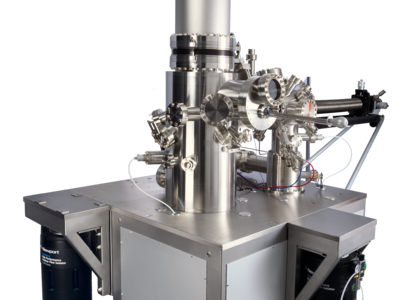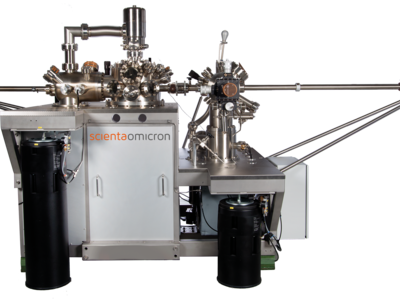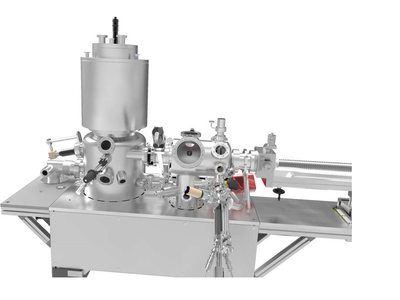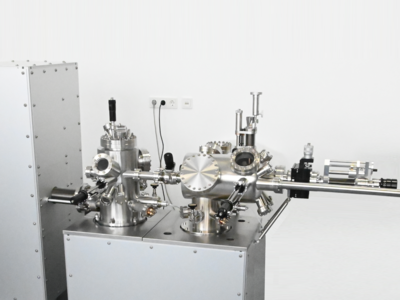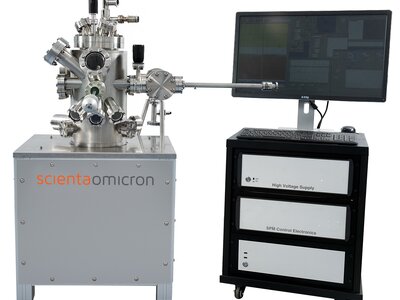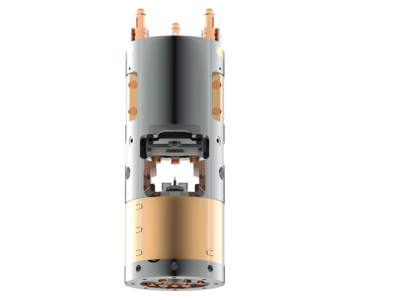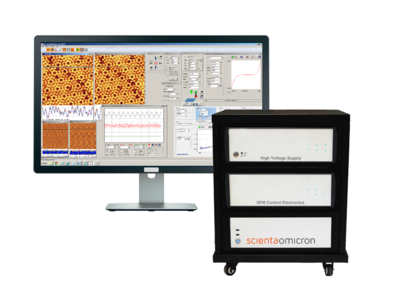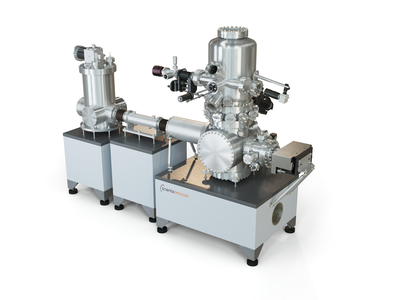Atomic Force Microscopy (AFM)
Atomic force microscopy (AFM) probes the mechanic interactions that exist between a flexible AFM cantilever with a tip and a conducting, semiconducting or insulating surface under investigation. The cantilever tip probes the tip–sample interaction forces and thereby traces the topographic contours. These interaction forces can be of electrostatic, magnetic, chemical, capillary, adhesive and/or of van der Waals type. Indeed, using AFM, it is possible to distinguish a sample based on its morphological properties.
In its static mode, AFM is a technique where the cantilever tip is in contact with the surface of the sample at a constant force while scanning it. In this case, the topographic information from the sample arises from the deflection of the cantilever due to the sample surface roughness. On the other hand, in its dynamical modes, AFM relies on the oscillation of the cantilever close to the sample surface and in the specific case of intermittent contact mode this includes and intermittent tip-sample contact during the cantilever oscillation.
AFM can reach a lateral resolution of the order of a fraction of a nanometer, (around 1000 times better than the optical diffraction limit) nevertheless, the topographic resolution depends on the tip’s characteristics, such as its shape and apex diameter, as well as on the environment (vacuum, liquid or air) and also on the operation mode which can be either static (contact mode) or dynamical (non-contact and intermittent contact).

